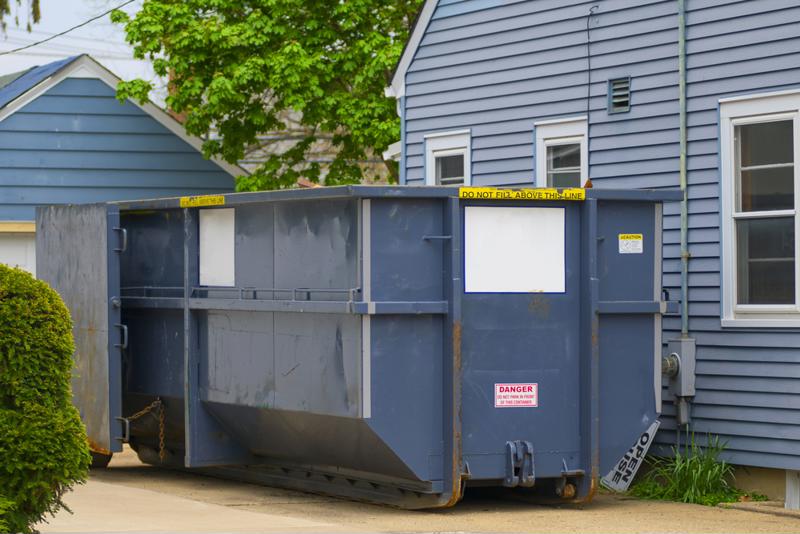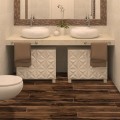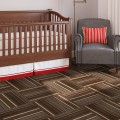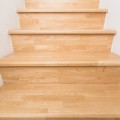How to Prepare for a Kitchen Floor Renovation
Installing a new floor in your kitchen can completely change the look of your space. The right floor will enhance the functionality of your home and appeal to future buyers. But before you do the work of ripping out the old floors and placing the new, you need to prepare. Not sure which steps to take to get your kitchen ready for flooring installation? Here’s a guide to what you should do prior to laying your flooring:
Select your flooring
The kind of flooring you choose will affect what you have to do prior to a renovation. For instance, if you’re installing new hardwood, you’ll have to remove the existing floors. However, if you’re using vinyl flooring, you may be able to skip this step, as the material can be laid over existing floors.
Contact a Contractor
Research professional installers in your area, get several quotes and pick the right person for the job. Having a contractor lined up to install your new floor will give you an idea for timelines and will help you prepare for the work ahead. You can skip this step of course if you’re going the DIY route for your kitchen flooring renovation.
Measure and order
With your chosen floor in mind, measure your kitchen to see how much material you need to order. Measure several times, as any savvy carpenter would do, to ensure your numbers are accurate.
Ordering slightly more than the amount needed to cover your kitchen is wise. That way, you’ll have extra pieces in case you damage any during renovation or cut one to the wrong size. Since most kitchens usually aren’t perfect squares, you should also have some extra flooring on hand to make special cuts.
Extra flooring tiles or boards also can replace damaged ones in the future and give you a surface to test cleaners and sealers before using them in the entire kitchen.
Plan for waste removal
Most garbage-collecting companies won’t remove certain items unless asked. Call your neighborhood collector to see if they’ll haul away your old flooring. If not, rent a dumpster or make arrangements with a junk removal company. Otherwise, you’ll be left with the remains of your old floor.
 Renting a dumpster during your kitchen renovation is an easy way to deal with your old floor.
Renting a dumpster during your kitchen renovation is an easy way to deal with your old floor.Clear out
Remove items from your kitchen that could get in the way of your renovation. If you’re also replacing cabinetry, you’ll have to take all of your kitchen supplies out of the room. However, if you’re just replacing the floors, remove your dining table and any chairs in the space, along with freestanding appliances like refrigerators and dishwashers.
To avoid damage, remove all wall decorations like photos and mirrors, as well as window curtains. You don’t want to break anything by accident while you rip up the floors.
Contain dust
Hang plastic sheets over doorways to prevent dust created by your renovation from reaching other areas of the house. Make sure you have a way out of the kitchen by cutting a vertical opening up the middle of one doorway cover. When you’re working, tape up the opening to contain dust. You can also purchase plastic sheets from your local hardware store that have a zipper down the middle.
Also consider laying down plastic sheets or drop cloth runway from your kitchen to wherever you plan to dispose of waste. That way, you can keep your work boots on and not track dust on your carpet or other flooring.
Cover the basement
If you have a basement beneath your kitchen, lay drop cloths over everything in that space. All the hammering and work you’ll do on your kitchen floor could cause dust and debris to fall from your basement ceiling. Covering things beforehand will make cleanup much easier later.
Remove floors
Use the proper steps to remove the type of material on your floors now. For the most part, that will mean placing a wedge under the floor and hammering against it to pop up the tile, wood, vinyl, etc. Work horizontally rather than down to protect your subfloor.
“Your subfloor should be level and clean before you install new flooring.”
Inspect and prepare the subfloor
If your subfloor is in good condition (it’s level and has no cracks or bumps), you can go ahead and clean it with a broom and industrial vacuum. If there is damage, repair it right away. Rotting or molding subfloors should be replaced entirely.
Once your subfloor is ready to go, you can install your brand new kitchen flooring.
What type of kitchen flooring are you considering?
Browse our selection of premium flooring here.




